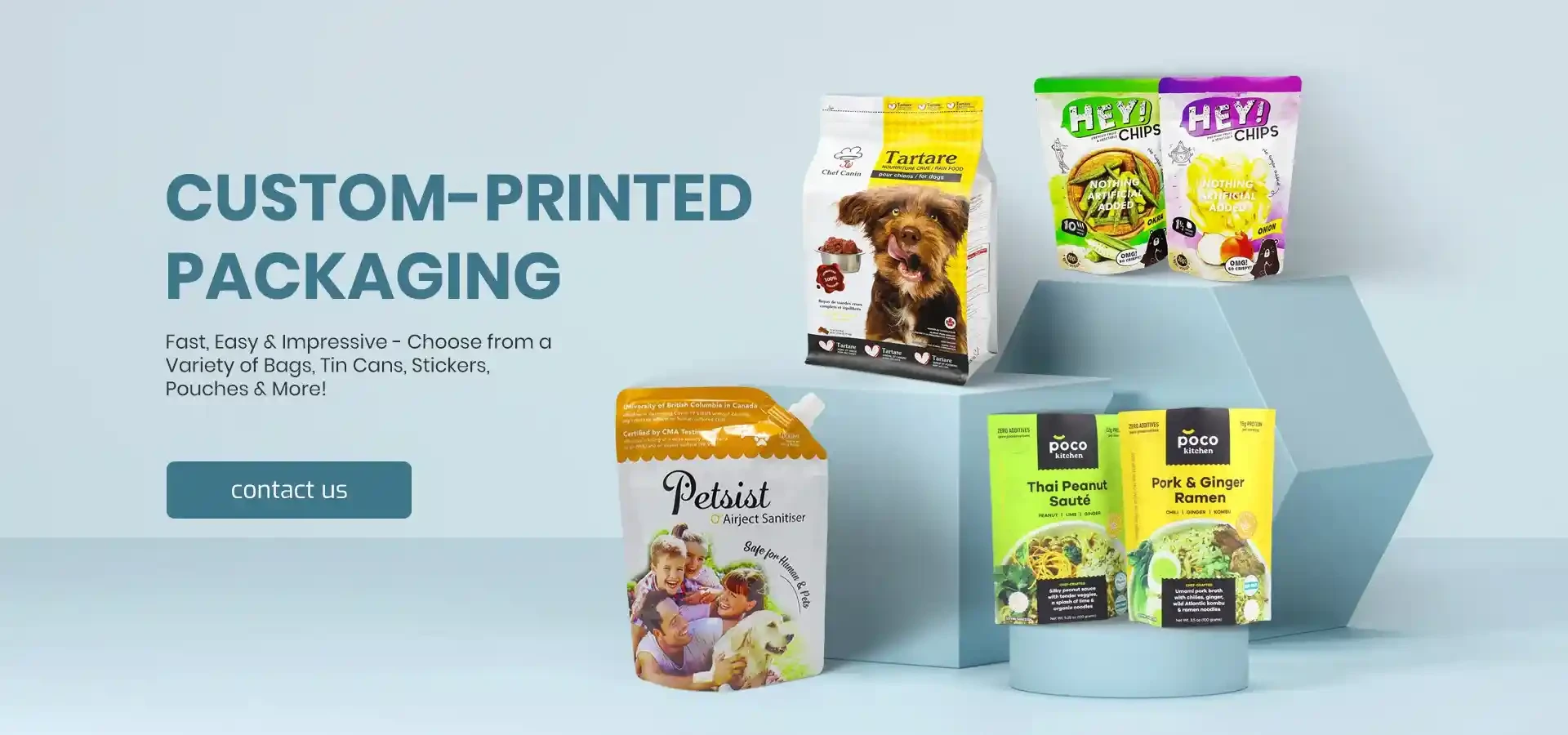- Afrikaans
- Albanian
- Amharic
- Arabic
- Armenian
- Azerbaijani
- Basque
- Belarusian
- Bengali
- Bosnian
- Bulgarian
- Catalan
- Cebuano
- chinese_simplified
- chinese_traditional
- Corsican
- Croatian
- Czech
- Danish
- Dutch
- English
- Esperanto
- Estonian
- Finnish
- French
- Frisian
- Galician
- Georgian
- German
- Greek
- Gujarati
- haitian_creole
- hausa
- hawaiian
- Hebrew
- Hindi
- Miao
- Hungarian
- Icelandic
- igbo
- Indonesian
- irish
- Italian
- Japanese
- Javanese
- Kannada
- kazakh
- Khmer
- Rwandese
- Korean
- Kurdish
- Kyrgyz
- Lao
- Latin
- Latvian
- Lithuanian
- Luxembourgish
- Macedonian
- Malgashi
- Malay
- Malayalam
- Maltese
- Maori
- Marathi
- Mongolian
- Myanmar
- Nepali
- Norwegian
- Norwegian
- Occitan
- Pashto
- Persian
- Polish
- Portuguese
- Punjabi
- Romanian
- Russian
- Samoan
- scottish-gaelic
- Serbian
- Sesotho
- Shona
- Sindhi
- Sinhala
- Slovak
- Slovenian
- Somali
- Spanish
- Sundanese
- Swahili
- Swedish
- Tagalog
- Tajik
- Tamil
- Tatar
- Telugu
- Thai
- Turkish
- Turkmen
- Ukrainian
- Urdu
- Uighur
- Uzbek
- Vietnamese
- Welsh
- Bantu
- Yiddish
- Yoruba
- Zulu
band heat sealer
The Importance of Band Heat Sealers in Modern Packaging
The packaging industry plays a vital role in preserving the quality and safety of products, ranging from food items to medical supplies. One of the crucial technologies that have emerged to enhance packaging efficiency and integrity is the band heat sealer. This device has revolutionized the way products are sealed, offering numerous advantages in terms of operation, quality, and versatility.
What is a Band Heat Sealer?
A band heat sealer is a specialized machine designed to seal multiple packages efficiently using a continuous band of heat. At its core, the device employs a heated sealing element that melts the edges of thermoplastic materials to create a hermetic seal. This technology is particularly advantageous in high-volume production environments, as it allows for consistent and reliable sealing of various products.
Key Features and Benefits
1. Efficiency and Speed One of the standout features of band heat sealers is their ability to operate at high speeds without compromising on quality. This efficiency is critical in environments where time is of the essence, such as food packaging lines, where minimizing exposure to contaminants is paramount. A band heat sealer can significantly increase production rates compared to traditional sealing methods.
2. Versatility Band heat sealers are highly versatile and can be used for a wide range of materials, including polyethylene, polypropylene, and other thermoplastics. This adaptability makes them suitable for various industries, such as food and beverage, pharmaceuticals, electronics, and consumer goods. Different settings can be adjusted to cater to the specific requirements of each material, ensuring optimal results.
3. Consistent Quality Achieving a reliable seal is vital for product safety and maintaining freshness. Band heat sealers provide consistent sealing pressure and temperature, which minimizes the risk of leaks and spoilage. This reliability is particularly important in the food industry, where a failure in packaging can lead to significant financial losses and compromised consumer safety.
band heat sealer

4. Reduced Labour Costs Automation in the packaging process allows companies to reduce labor costs. Band heat sealers can be operated with minimal manual intervention, freeing up staff to focus on other aspects of production. This not only enhances overall productivity but also reduces the likelihood of human error, leading to better quality control.
5. Eco-friendly Options As businesses increasingly focus on sustainability, many modern band heat sealers are designed to work with eco-friendly materials. The ability to seal recyclable or biodegradable films helps companies align with environmental goals, thereby appealing to environmentally conscious consumers.
Applications
Band heat sealers find applications across various sectors. In the food industry, they are commonly used to package snacks, frozen meals, and fresh produce. The ability to create airtight seals helps extend shelf life and prevent contamination. In the pharmaceutical industry, band heat sealers ensure that products are securely packaged to maintain sterility and compliance with regulatory standards.
In electronics, these sealers protect sensitive components from moisture and dust, while in consumer goods, they are employed to package items ranging from toiletries to household products. The versatility of these machines makes them indispensable in numerous manufacturing and distribution processes.
Conclusion
The band heat sealer has become a pivotal component in the modern packaging landscape. Its efficiency, versatility, and ability to ensure quality make it a crucial investment for businesses aiming to optimize their packaging process. As technology continues to advance, we can expect even greater innovations in sealing technology, further enhancing the effectiveness and sustainability of packaging solutions. By adopting band heat sealers, companies not only improve their operational efficiency but also contribute to a safer and more sustainable future in packaging.













